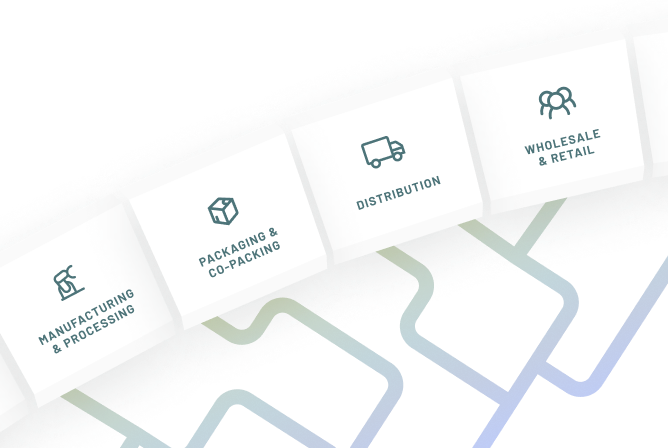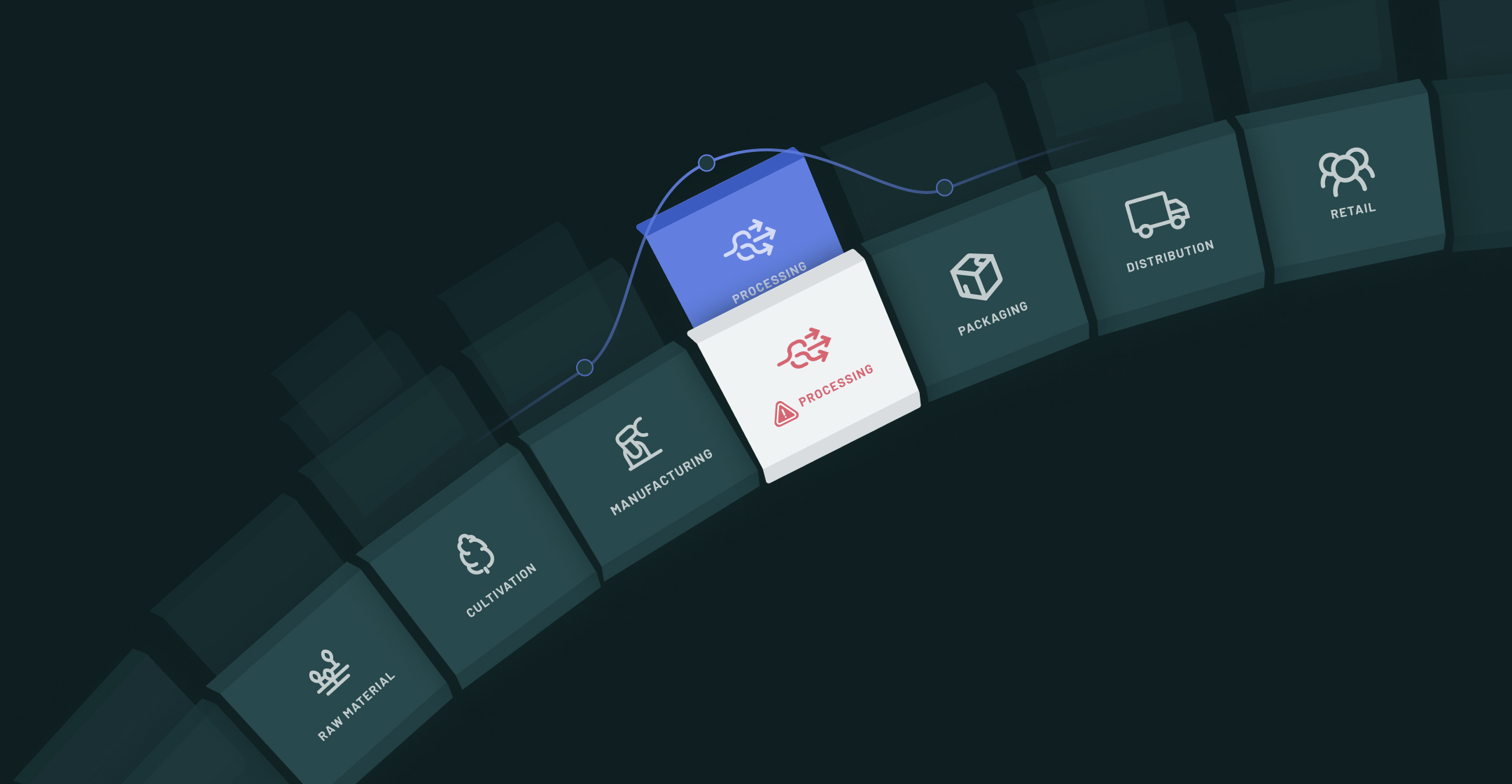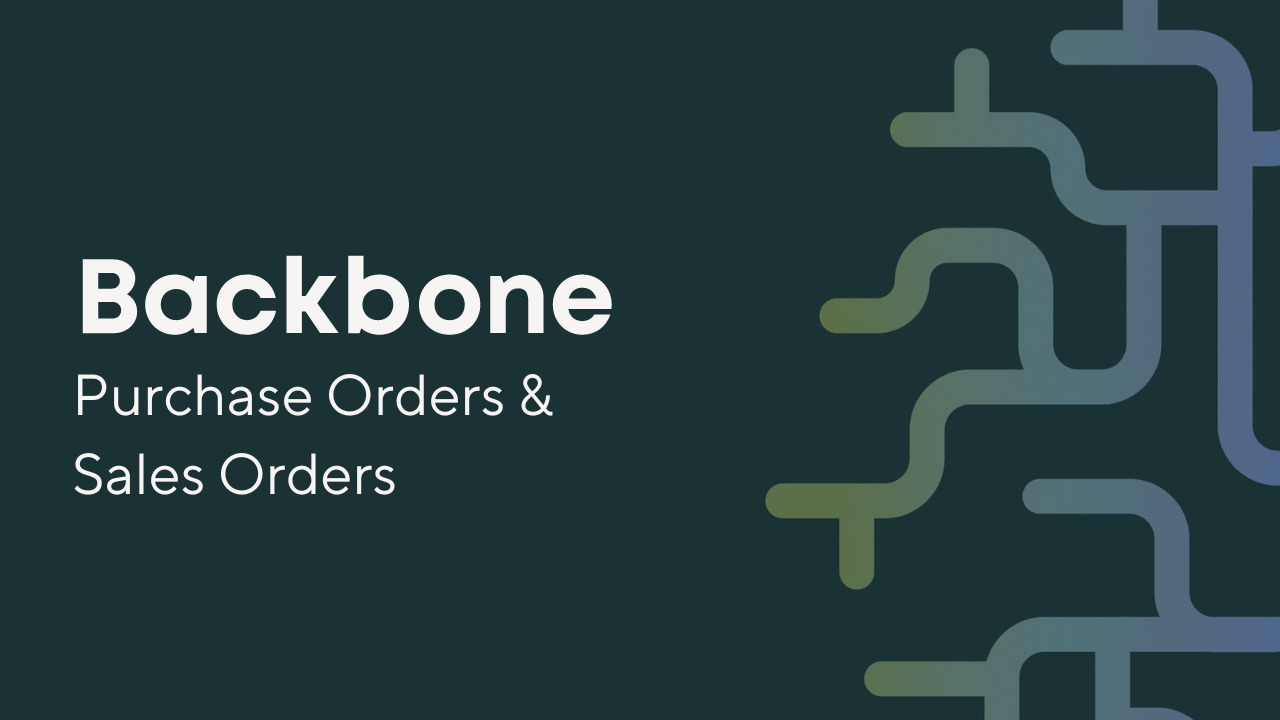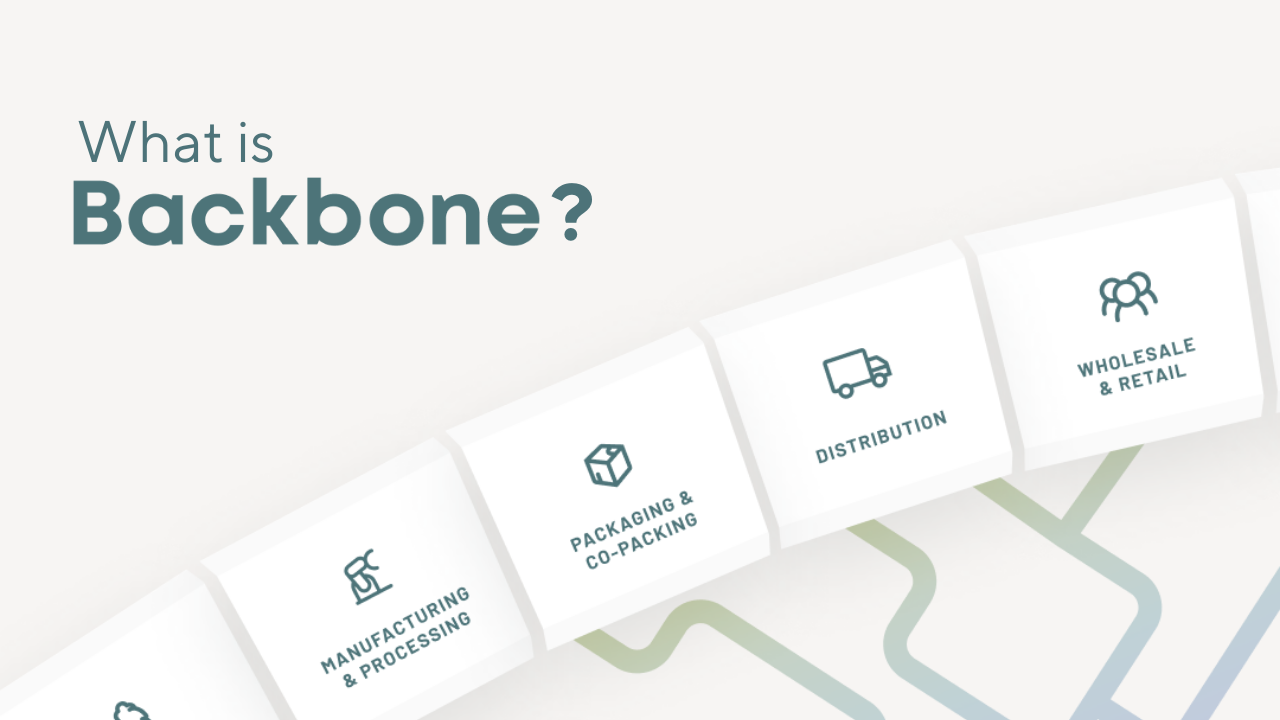
July 08, 2021
•Forecasting and Planning with Big Oil Co.
The secret to building a successful business is to play to your strengths. This means being self-aware and surrounding yourself with those who know more and think differently than you. This diverse perspective is key for the short-term success and longer-term forecasting and planning. The same can be said of your software, of course. We had the chance to spend time with Kyle Alcazar, co-founder, and CFO of Big Oil Co. who knows a thing or twelve about this process.
Tell us about you and your role at Big Oil Co.
I’m Kyle Alcazar, the co-founder and CFO of Big Oil Co. My business partner, John Lafata, and I started the company in 2017 and initially focused on white-label manufacturing and consulting. We partnered up with Andrey Baranchik and Julian Yepremian of BEAR Labs to open a facility in 2019 and now do our own extractions. John is very science-minded and heads up the extraction side of things, whereas I focus more on finance, sales, and keeping track of everything. I also have a background in logistics and technology and used that to create our distribution network of over 150 stores in California. Our goal is to replicate what we’re doing across the country. I feel like California is proof of concept – if you can make it here, you can make it anywhere. We also recently got our retail delivery license and will start doing some direct-to-consumer sales.
How did you get into the industry?
I’ve been in the industry for about eight years. My college girlfriend worked at a dispensary and her experience really highlighted just how much opportunity there was in the cannabis space. I was going to school for finance at the time and I started to do some research on opening my own dispensary. I didn’t have anywhere near enough money to make that happen, so I ended up starting off with a retail delivery service and invested the rest of my money into a small warehouse grow to get a foothold in the cultivation side of things. Growing was an utter failure, so I doubled down on retail delivery and started subleasing buildings for cultivation. I moved onto distributing and manufacturing right out of college.
What do you love about working in cannabis?
I love the challenge. There’s no cheat sheet for being a manufacturer in the legal cannabis market. We’re in uncharted waters and I want Big Oil Co. to help set the standard for the industry. I also like getting people high. My Instagram bio is, “I get people high for a living.” People are happier when they’re high, and I get to help support that while also making money.

What’s your biggest pain point?
Hiring good people. In the traditional, unregulated market it was really difficult to build out a team. You were also beholden to your employees – you didn’t want to let anyone go for fear of retribution. That dynamic has shifted with the regulated market, which has made hiring easier, but it’s still difficult to find quality candidates that align with your goals.
There’s also a lot of unprofessionalism in this industry. It can be hard to get someone to put a signature on something or fill out a form. There’s a wariness around documenting things that I think is residual from the unregulated market.
Tell us about how you approach forecasting and planning.
I’m very data-driven. It’s all about putting the right technology in place so that you’re gathering data in real-time and can use it to make decisions. My approach to forecasting relies heavily on our cash flow statements, which are seriously undervalued. A lot of businesses focus on their income statements or balance sheets, but I find that being cash flow positive is the biggest indicator of success.
We also still have manual data inputs, including data log sheets that our packaging team fills out. The data logs are added to a spreadsheet, which I then use to create a forecasting dashboard. It gives me an idea of whether we’ll be able to complete our projects on time or if we have enough material on hand for what’s scheduled. Every business is so different that you really need an in-house technology resource to be successful – there’s not a universal approach that works for everyone.
Do you measure the accuracy of your forecasting?
I wouldn’t say measure, but we play it safe and always leave a little bit of cushion. If my forecasting is wrong, we run out of material and my processors are still being paid. That would be the ultimate measure, and we do everything we can to make sure that doesn’t happen. We have at least a two-week queue where we know exactly what we’ll be producing in that period. That’s the cushion we need to be able to move things around or order more material based on what’s forecasted. We’ve also defined lead times for all of the goods that we order, which we’re constantly updating and reporting. Between tracking lead times and the amount of goods we order over time, we’re able to do trending, identify any increases, and update our reorder points or timelines accordingly.
How do you benchmark yourself?
We don’t benchmark ourselves against other companies, other than based on what we perceive. My approach doesn’t focus on competition – I want Big Oil Co. to do our thing in the best way that we can. Our benchmarking is all within the company. Sales reps are benchmarked against their past performances and against each other, which creates some healthy competition. We’ve also gamified packaging tasks and track various fulfillment KPIs, all of which is tied to employee performance and our bonus structure.
Is there any subjectivity involved in the forecasting process?
I try to remove subjectivity. I take it into consideration, but I’m the kind of person that will create a weighted average score and will assign a value to my subjectivity before plugging it into my equation. I learned a long time ago to remove biases from my decision-making process. I have a bias, but it has a weight to it, so it will only affect things to a certain degree.
This approach has served me well over the years. I don’t like edibles, but back when I had my retail delivery service, I sold a lot of them. As the purchasing manager, I had to remove my personal preferences and order objectively. I created a form that I sent to my drivers, the dispatch team, and my top 20 edible customers, and made my purchases based on the results. The fewer decisions I have to make, the better – the data and our customers should always get the deciding vote.
Do you have any advice for companies that are struggling to conduct accurate forecasting?
It’s all about pivoting. I’m not bound to an idea and am always questioning if we’re doing things the right way – there’s always going to be a better approach that we just haven’t tried yet. There are also no shortcuts or all-in-one solutions. If you’re asking that question, you’re not able to do it all yourself. Don’t be afraid to hire people and don’t be cheap. This is investing, and there’s no better place to invest than in yourself.



